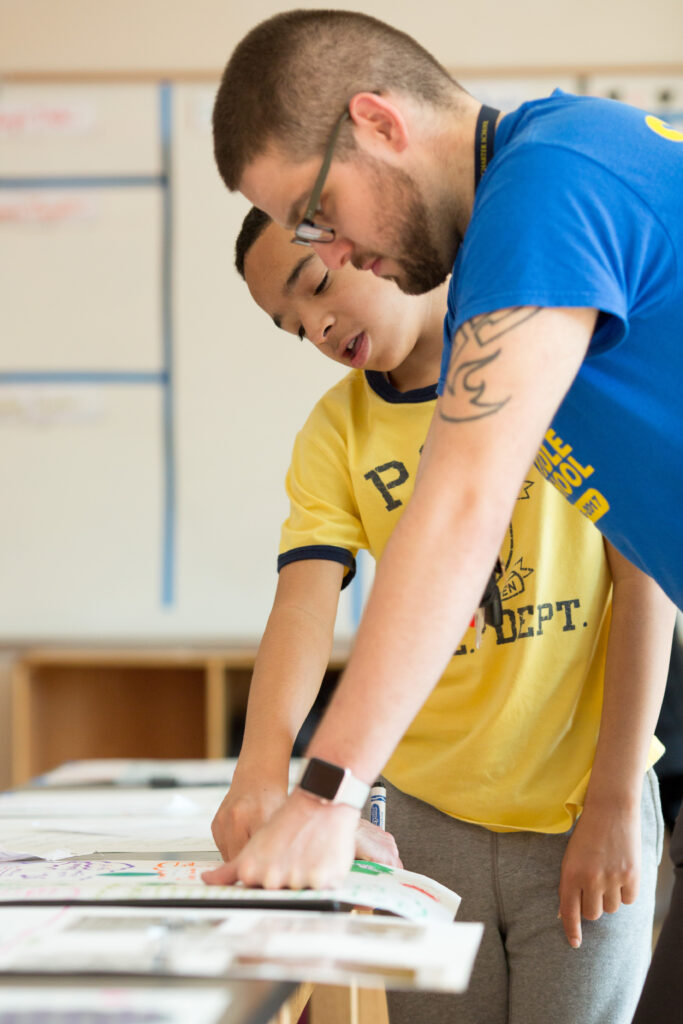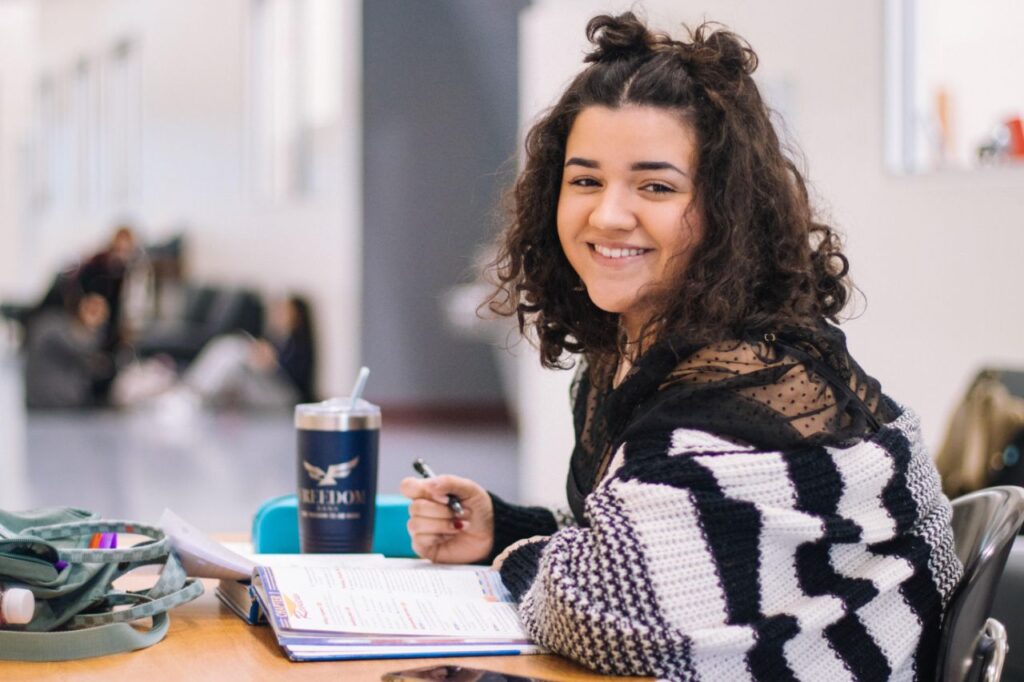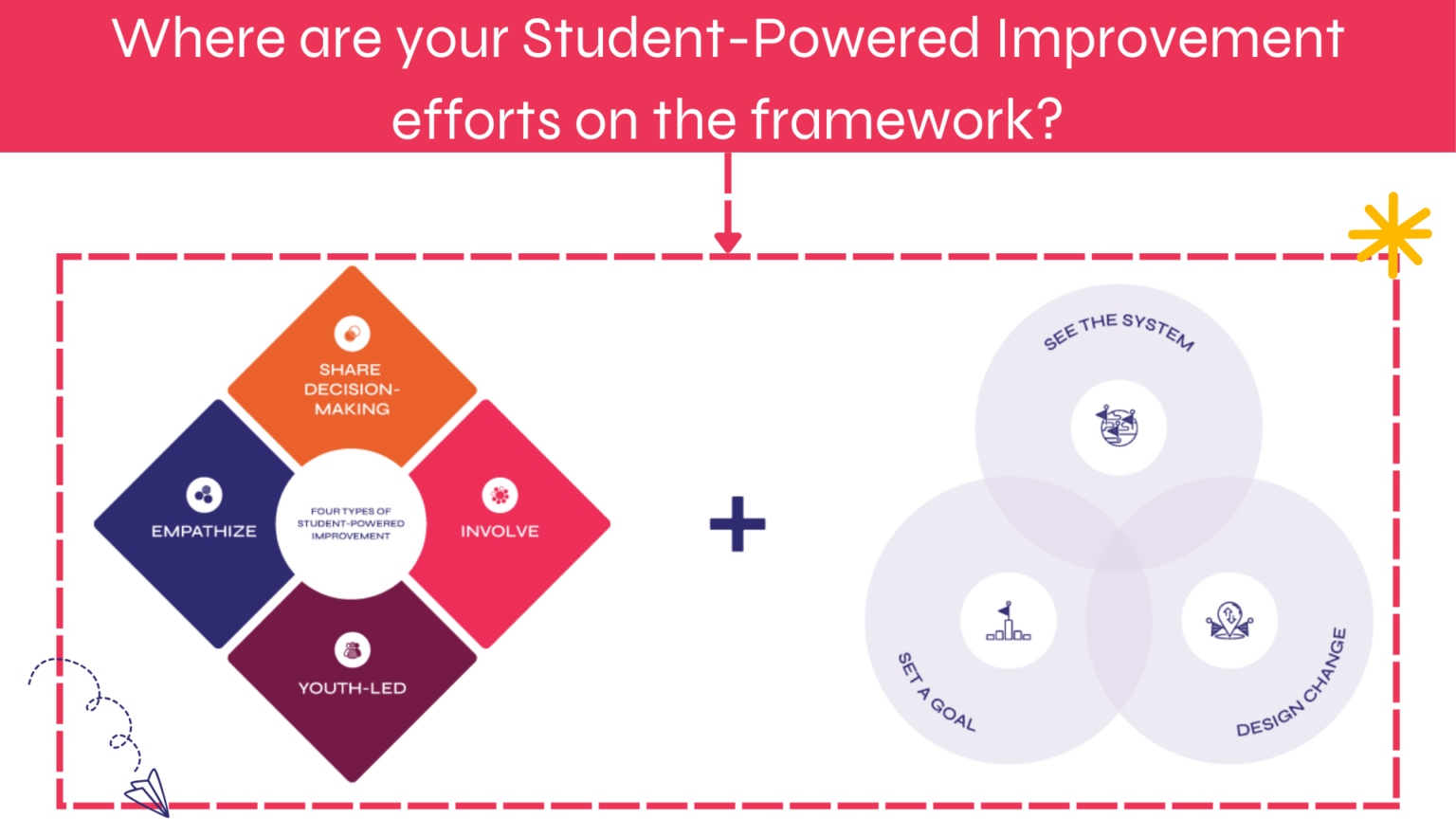
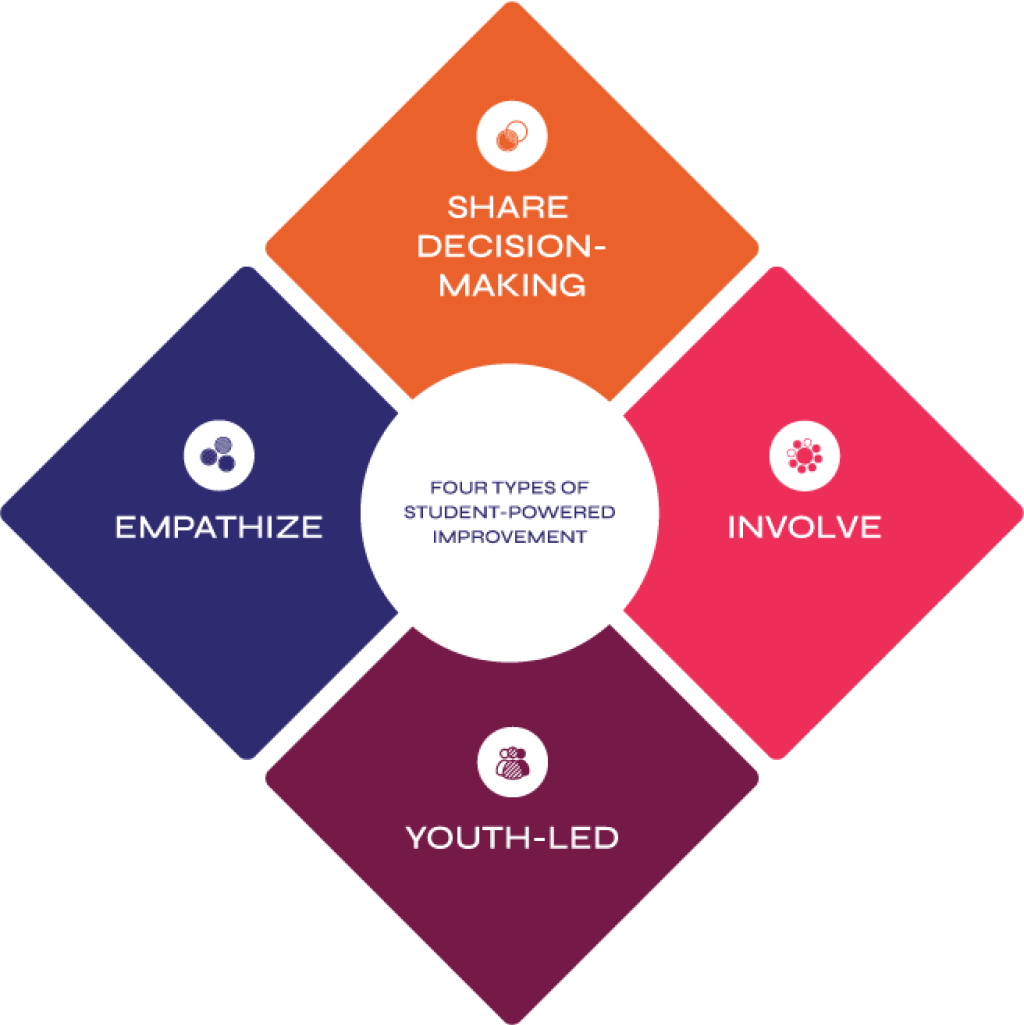

Empathize with students means to try to deeply understand the experiences, perspectives, and feelings of students and apply those learnings.

Involve students means to engage youth in events and processes with adults to share their unique needs, priorities, and perspectives.

Share decision-making with students means that students play a leadership role in decision-making and have some real decision-making power.

Youth-led improvement efforts means that student groups lead their own improvement efforts, from determining their areas of focus to carrying out those changes.
Any type of student partnership can be applied across improvement projects as teams seek to see the system, set a goal, and design change.
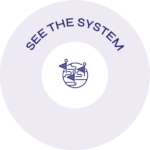
Student experiences and perspectives can help us see the system from their perspective and uncover important root causes of the problem we are trying to solve.
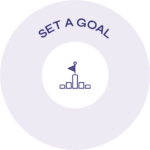
Students’ experiences and perspectives can help set goals that are more relevant than those only considered by adults. Students also offer important insights into conversations about whether goals are realistic while also ambitious.
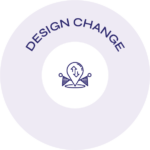
When we design change with students instead of for students, the resulting solutions to the problem at hand are stronger and more enduring.
Explore these case studies and where they are situated on the framework.
